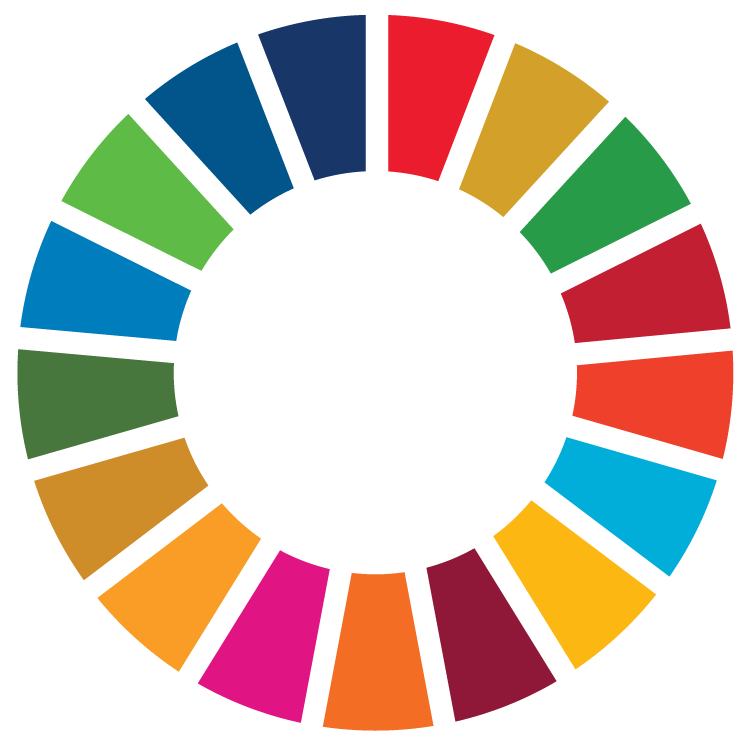Nairobi, 30 April 2016 - Kenya destroyed nearly all of its elephant ivory and rhino horn stockpiles in a ceremony at Nairobi National Park today sending a strong message to the international community that the illegal trade in wildlife, which is pushing several iconic species to the brink of extinction, cannot be tolerated.
The burning of the 11 large pyres was organized by Kenya Wildlife Service and partners, and attended by Kenya's President Uhuru Kenyatta as well as the Presidents of Gabon, Ali Bongo Ondimba, and Uganda, Yoweri Museveni.
Also present were the Administrator of the United Nations Development Programme (UNDP), Helen Clark, and the Deputy Executive Director of the United Nations Environment Programme (UNEP), Ibrahim Thiaw.
Mr. Thiaw said: "As Dr. Douglas-Hamilton mentioned yesterday, the decade 1979-1989 saw the elephant population in Africa halved by poaching. Now, we are again witnessing rampant poaching, responsible for the deaths of well over 100,000 elephants since 2010.
"We simply cannot afford to allow poaching to go on for one more day. It does not make moral, economic or political sense.
The ivory burning came on the back of the inaugural Giants Club Summit convened and hosted by the President of Kenya, which brought together political leaders, global philantropists, celebrities and conservationists to signal the urgent and comprehensive commitment to combat the poaching crisis.
"What has been made eminently clear at the Giants Club Summit is that efforts to tackle this crisis are increasingly backed by a growing public, political and private sector force for change, and that we, as an international community, are prepared to face these challenges with an unprecedented level of commitment, dedication and passion. It will take nothing less to end this crisis.
"We must also remember that wildlife has more value alive than dead and that wildlife can generate sustainable revenues to fund the education, healthcare and infrastructure that will lift people out of poverty and drive economic growth. By reconciling social, economic and environmental interests, Africa can harness its natural heritage to help deliver the 2030 Agenda for Sustainable Development."
It is estimated that between 2010 and 2012, 100,000 elephants were killed for their ivory, out of a population of less than 500,000. The population of Forest Elephants has plummeted by two-thirds between 2002 and 2011 due to poaching, while reports released in 2015 show that African Savannah Elephants have declined by 60 per cent in Tanzania and by 50 per cent in Mozambique since 2009.
Finding ways to curb the illegal trade in wildlife, including elephant ivory, will be one of the top priorities for the second United Nations Environment Assembly (UNEA) - the world's de facto Parliament of Environment - which will convene in Nairobi, Kenya, from 23 to 27 May to set the stage for early action on implementing the 2030 Agenda for Sustainable Development.
Tackling the global poaching and trafficking crisis, and mobilizing global action around the issue will also be the focus of the 2016 World Environment Day, organized by UNEP and hosted by Angola. Earlier this month, this Southern African nation announced a major push against the ivory trade, pledging to close one of the largest domestic ivory markets in the world and implement tougher border and screening controls.
Angola also promised to fulfill its commitments under the Convention on International Trade in Endangered Species of Wild Fauna and Flora (CITES), the Secretariat of which is hosted by UNEP, including stepping up its efforts to implement its National Ivory Action Plan.






